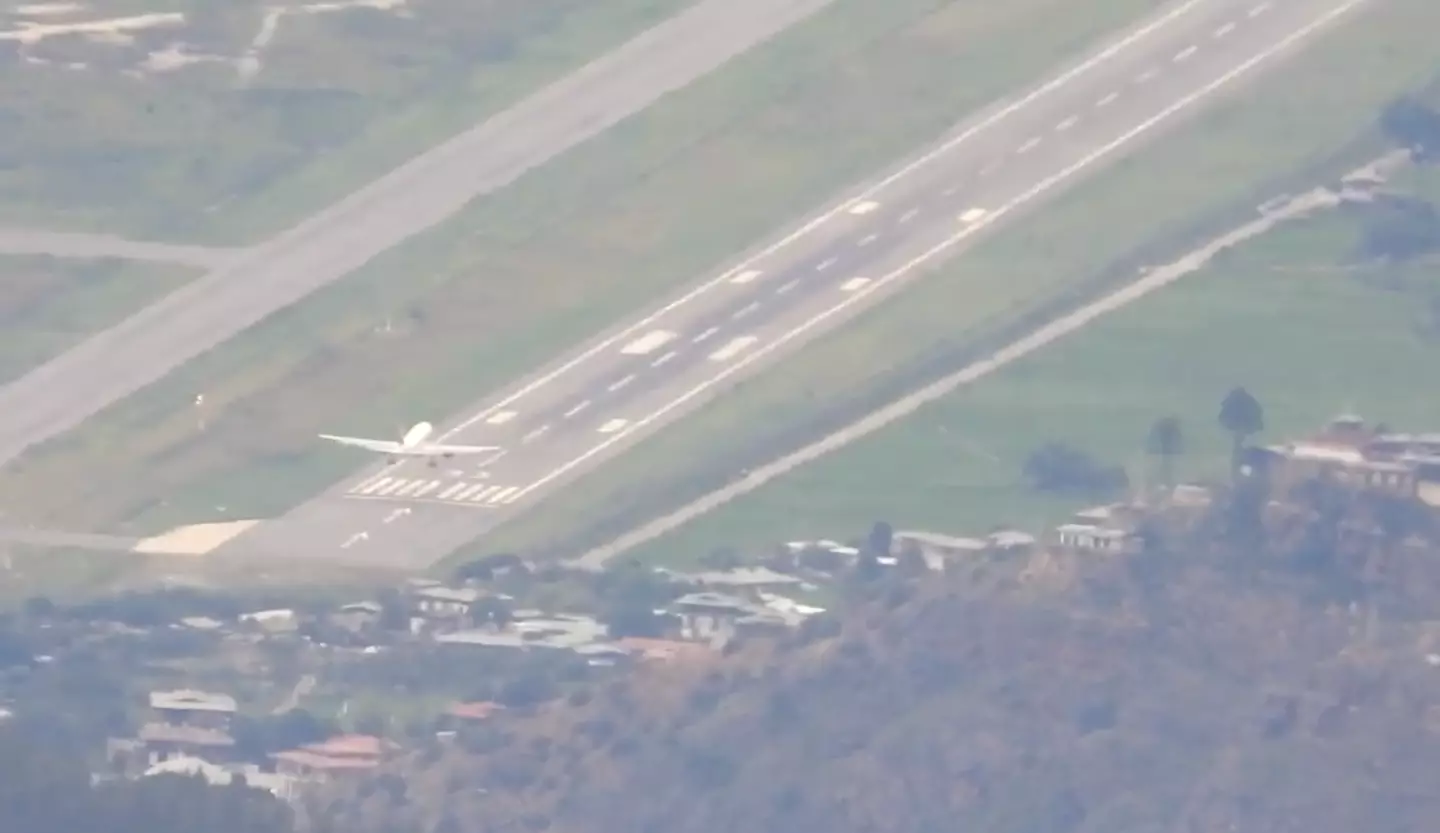
Let's face it, flying is not a pleasant experience, and the landing is probably the worst part.
Even a normal landing can be a hair-raising experience, especially if, like me, the thought of flying makes you start considering who you want to leave your collection of house plants to.
But if a normal landing is the equivalent of beating the computer at chess on a difficulty one above easy, then this airport is the landing equivalent of taking on Magnus Carlsen.

In fact, the number of pilots who are licensed to land at this airport - around 24 - is actually pretty close to the number of people who have reportedly beaten Carlsen since he became a world champion, which is 21 people.
Advert
And there is a very good reason for that.
That's because Paro Airport in Bhutan is one of the most challenging approaches of any airport. Not only are there more than 100 hazards which pilots have to take into account, the geography surrounding the airport means that technology which is usually used on an approach can't be used there.
Normally when a pilot approaches an airport there are two devices at the airport. These communicate the horizontal position of the plane relative to the runway and how far above the runway the plane is. So you know without having to see that you are too far left or right and how much further you have to descend.

These tools allow pilots to land at airports at night, during turbulence, or in poor visibility. Useful thing to have around.
Advert
However, at Paro Airport, the only device that a pilot has to rely on aside from their instruments is their good old-fashioned eyeballs.
So not only do you have to make an approach zig-zagging around mountains, you have to do the whole thing by eyesight alone using pre-determined landmarks on the ground. The runway is also very short for an airstrip built that far above sea level.
As a result of all this, an aircraft has to be flying at a specific speed and altitude at each of the points on the approach to ensure a safe landing.
Oh, and the final turn on the approach is made about 30 seconds before the tires hit the runway. No pressure.
Advert
These aren't turbo-prop planes making the descent into Paro Airport either. They're twin-engine jetliners, so not exactly planes which are designed with extreme manoeuvrability in mind.
The landing is so difficult that even pilots who have undergone the strenuous training process can only attempt it in basically perfect conditions. There are no landings at night, in poor visibility, in turbulence, or indeed if someone sneezes by the runway a bit too hard.
Footage of an approach shows the dazzling twists and turns that an aircraft has to make as it approaches the runway.
While landing at a normal airport if you are a trained pilot is relatively simple, in order to be allowed to land at Paro you need to undergo stringent testing. This involves simulations, as well as successfully carrying out multiple take-offs and landings from the airport.
Advert
Dust off the chess board, I think I might be better off trying to beat Carlsen.
Featured Image Credit: Claus Nemhzow via Getty/Flying Dragon/YouTubeTopics: News, World News, Travel
